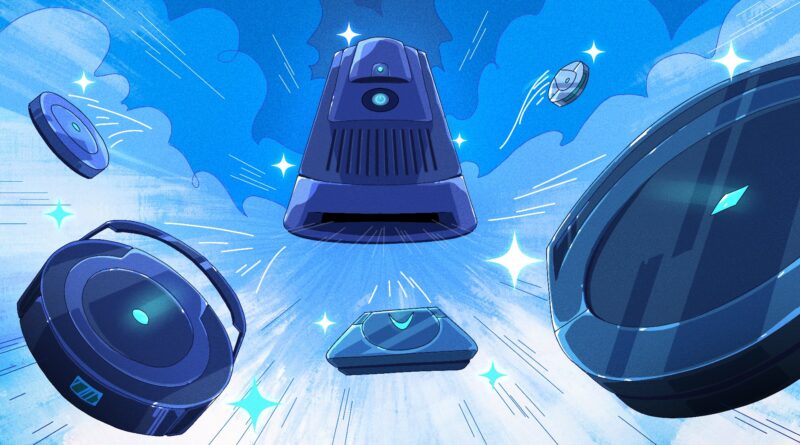How to choose a robot vacuum in 2024: Consider these 5 features before buying
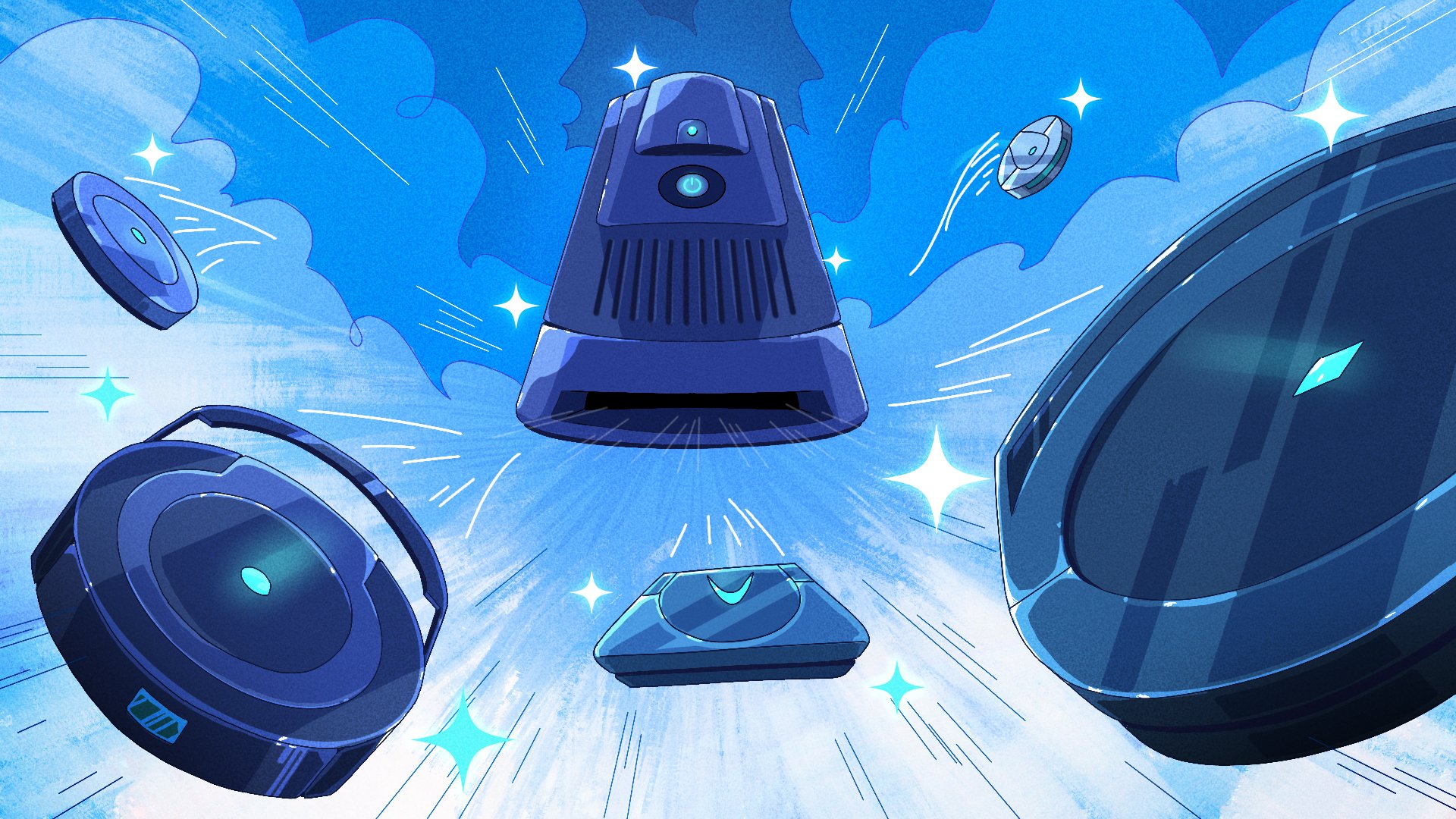
Making the call to get a robot vacuum in 2024 isn’t the risk that it was in 2018 — when you know how to choose one.
Back then, lazy suction power and even lazier attempts to return to the charging dock had many botvacs collecting dust while their embittered owners reverted to manual vacuuming. But robot vacuum technology has finally caught up to the idea that a robot vacuum should make your life easier, not harder (a groundbreaking take for a while, apparently).
So, what changed?
Brands like iRobot, Roborock, Shark, Eufy, and Ecovacs set out to tackle the main gripes that would make or break a robot vacuum’s value in your home: how well it cleans both hard floors and carpet, how reliably it navigates a home without getting lost or stuck, and how much maintenance is required on the human’s end. As the technology that checks these boxes becomes more and more normalized, robot vacuum features that were once considered premium (and priced like it) are easier to find — and easier to afford.
Despite the less intimidating cost spectrum, it’s still possible to underpay or overpay for a robot vacuum. The question isn’t whether or not a robot vacuum is worth it in your home at all — it’s about which features are worth it in your home. We’ve wrangled that vague question into a list of the five most important factors to consider before buying a robot vacuum.
What is a smart mapping robot vacuum?
Smart mapping is a type of navigational tech that enables a robot vacuum to scope out and remember a copy of your home’s floor plan. The map drawn during the bot’s initial mapping run is available in the corresponding smartphone app for you to tweak by dragging and dropping borders, merging or splitting rooms, and adding labels. The botvac can then complete a whole home clean or head to specific rooms that need attention that day.
Robot vacuums with smart mapping capabilities are usually far more agile when it comes to maneuvering around furniture. The bump-and-go approach that most early robot vacuums rely on just can’t perceive a jungle of chair legs until it’s too late. We’ll die on the hill that smart mapping is the baseline brain power that any robot vacuum worth your money in 2024 should have. If you think about it, actual cleaning skills don’t even come into play if a robot vacuum can’t successfully get itself to the spots that need to be cleaned.
Luckily, smart mapping isn’t an expensive ask nowadays. A budget cap of $ 200 is more than enough to secure room-to-room mapping from reliable brands like Shark or Roborock.
Virtual boundaries
Most robot vacuums that can remember the different rooms in your home can also adhere to app-drawn barriers around smaller zones within those rooms, like around a pile of Legos or your pet’s water bowl. This capability is crucial if you purchase a robot vacuum that does mop but doesn’t recognize the difference between tile and a bath mat — more on this below.
Less advanced robot vacuums can adhere to magnetic boundary strips. These may or may not come in the box with your robot vacuum and physically stick to the floor like tape. They’re not cute, and with so many affordable robot vacuum options that are compatible with virtual boundaries, are not necessary.
Small obstacle avoidance
This advanced type of navigational prowess gives newer robot vacuums the ability to detect and avoid obstacles that older robot vacuums would almost certainly eat, like charging cords, socks, and even pet waste. We first experienced this luxury with the Roomba Combo j7+ and don’t think we could go back. The freedom that comes with skipping the pre-tidying routine is far too convenient.
Do I need a self-emptying robot vacuum?
Depending on the size of the space being cleaned and the amount of stuff being sucked up, the average dust bin onboard a robot vacuum will probably need to be emptied once every few cleans. The more often it’s required, the more annoying it gets.
A self-emptying robot vacuum will come in clutch here, which automatically empties its debris into the same dock it charges on and leaves you off the hook for a month or two.
Naturally, automatic emptying docks require more floor space than the toaster-sized docks of standalone robot vacuums. If your home is really tight on space (New York City style), you may omit automatic emptying — which isn’t a huge deal considering the vacuum won’t fill up very fast, anyway.
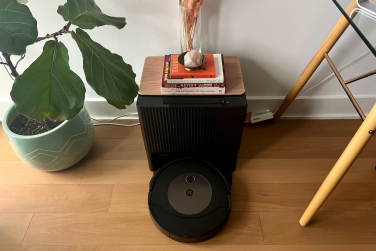
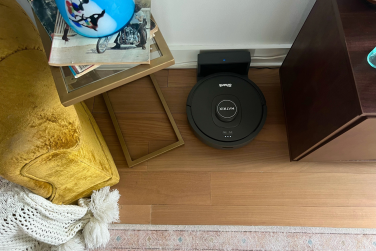
Don’t write this extra convenience off just yet, though — self-emptying has gotten seriously streamlined in the past few years. It’s not hard to find a relatively compact self-emptier that’s less than a foot long, and there are a ton of options under $ 500.
What kind of robot vacuum do I need for hardwood, carpet, or tile?
Different robot vacuums are optimized for different types of floors. If your home has mostly hard floors like hardwood or tile, you have safer options. Most low-to-mid-range robot vacuums can sufficiently sweep a hard floor of free-floating hair and crumbs. Cleaning gets trickier on carpet, where debris that has likely been stepped on clings to the carpet like velcro.
The brushroll system can make or break a robot vacuum’s carpet performance just as much as the power under the hood. The best robot vacuums for carpet incorporate dual spinning brushrolls that spin toward each other to pinch stubborn debris like pet hair and yank it from the carpet. While different brands have their own designs that differ slightly, a successful brush roll typically features a mix of materials like bristles and rubber, plus vanes that curve around each barrel to prevent the tangling of longer hairs.
Can robot vacuums switch between floor types?
Yes, but some are better at this than others. If your home has a decent mix of multiple floor types, your ideal robot vacuum should have floor type sensors. With these, a botvac can tell the difference between hard floors and soft ones, adjusting its height and method of cleaning accordingly.
This looks like suction that’s automatically boosted when the robot vacuum encounters carpet or, lifting mopping pads when the vac approaches a rug. Most hybrids automatically start to mop once their water tank is attached, but only the smarter ones know to pause the water flow and lift their wet cloth.
Do I need a robot vacuum that mops?
It’s definitely worth getting a robot vacuum that mops if your home has a lot of hard flooring. You’ll also have to decide how intense you’d like the mopping to be. While nearly any 2-in-1 model can probably reliably wipe up a fresh juice spill with its wet cloth, a mopping mechanism like Roborock’s sonic mopping (which vibrates) or Narwal’s dual pressurized mopping pads (which spin) exert the elbow grease needed to penetrate dried stains or shoe prints. Many flagship hybrid models released in 2023 or 2024 can also mop with a cleaning solution rather than just plain water — if you’re big on true barefoot-ready sanitation.
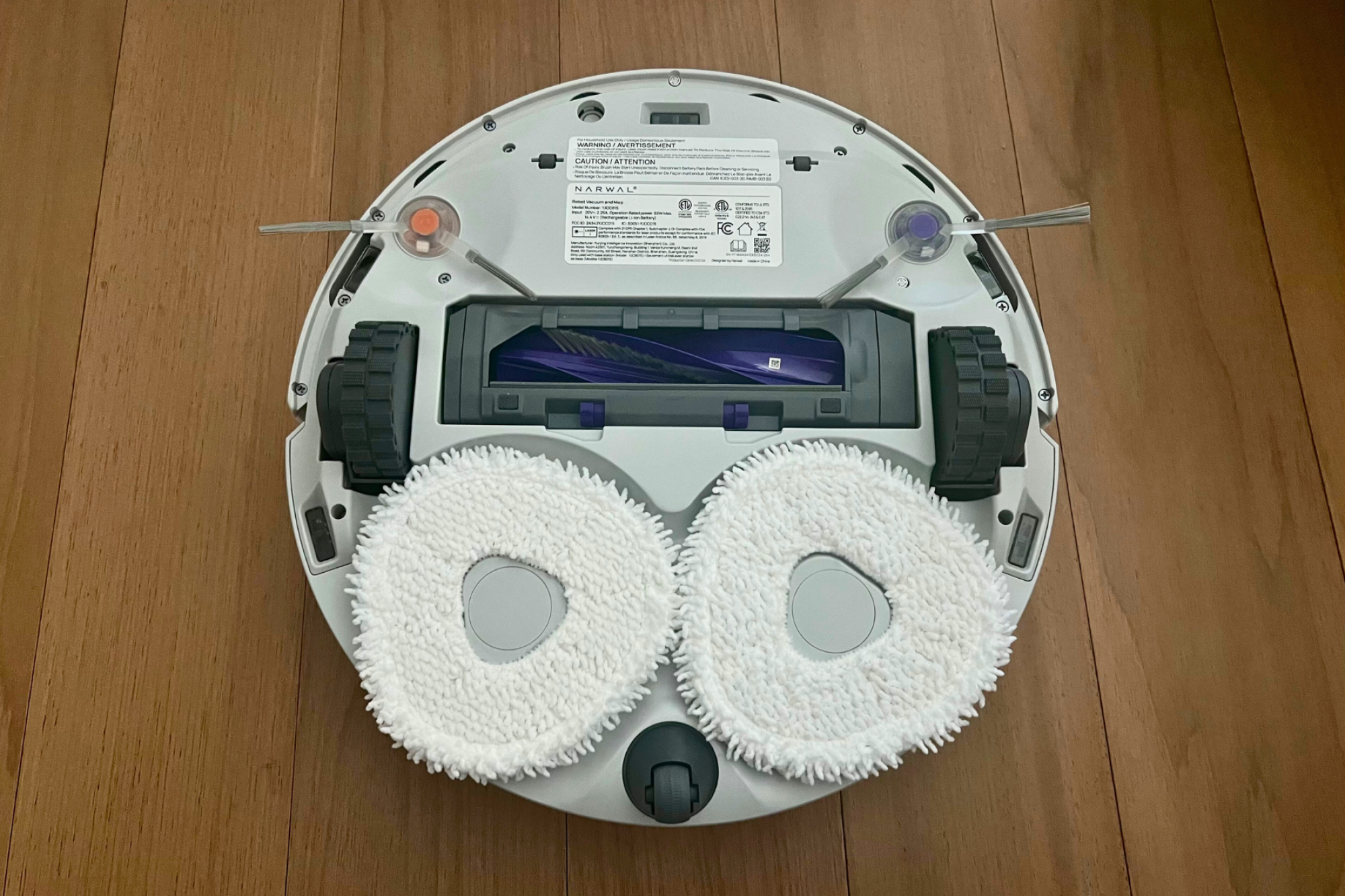
When deciding between 2-in-1 robot vacuums, you have two options: models that can go from vacuuming to mopping by themselves, or models that need you to be there to make the switch. Cheaper hybrid models require a person to attach a water tank or mopping pad to switch to mopping mode, while more advanced models permanently have their mopping gear onboard and are ready to start mopping whenever called upon. The first approach is significantly more affordable, but your robot vacuum won’t be able to complete a full vacuum and mop session if you’re not home to ditch the water tank.
Self-cleaning mopping pads
Built-in self-sufficiency was taken a step further at CES 2024, where there was a clear theme in the robot vacuum category: self-washing and self-drying mopping pads. The time saved by letting your robot vacuum mop your floors feels significantly less helpful when you’re on mildewy mop pad duty. These mopping robot vacuums return to a self-emptying dock that also houses a dirty water tank and a full washing and drying system for used mops. Because this automation is so new and so…well, automated, anyone looking to spend less than $ 1,000 on their robot vacuum will have to sit this one out. Even the $ 1,399.99 Roomba Combo j9+ doesn’t offer this.
What is a good robot vacuum battery life?
A 90 to 100-minute battery life is sufficient to cover an apartment on one charge. This is also fine if most of your cleaning will be done on a room-by-room basis. Battery life of more than 150 minutes isn’t hard to find and is ideal for square footage over 1,500. Even the cheapest robot vacuums nowadays should recharge on their own and automatically resume cleaning — meaning you won’t have to pick them up and escort them back to the base.
What’s good suction power for a robot vacuum?
Most robot vacuum brands measure suction power in pascals (Pa). As of March 2024, the highest Pa levels you’ll see are around 8,000 Pa, with one upcoming Roborock model clocking in at 10,000 Pa. Such intense cyclonic oomph isn’t necessary in all homes, though you shouldn’t settle for any robot vacuum administering less than 2,500 Pa.
iRobot and Shark are two brands that just need to be different. Rather than giving a number in Pa, they compare suction power of their vacuums to other models in their own family tree. For instance, iRobot says that its j7 series has 10 times the suction of the 600 series Roombas, and that the j9 has 100% more lifting power than the i series Roombas. While Shark notes that its Detect Pro robot vacuum has 50% better debris pickup and edge cleaning than the Shark RV line, it directly compares the suction power of its Matrix Plus to the Roomba j7.
Our general suggestion is that unless you’re going to buy the most expensive flagship Roomba, the j9+ or Combo j9+, opt for a different brand to tackle homes with heavy carpeting.
